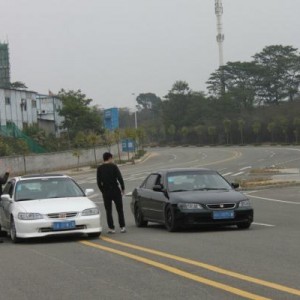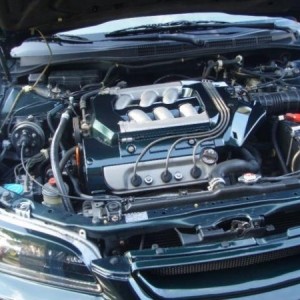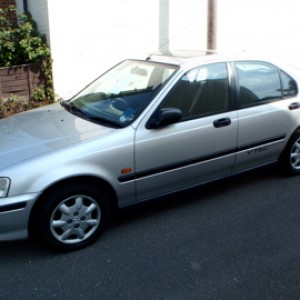Get a multimeter.
Okay, so you get no crank. Follow the power.
1. Do you get lights when you turn on the ignition? If you do, the battery is at least mostly okay. If the clock doesn't lose the time when you try to crank it (Assuming that you get no crank at all, and not just slow cranking) then it's most likely not the battery. Of course testing with a multimeter is also a good idea, and can't hurt.
2. Check the wiring. take a multimeter and test the resistance from the battery post to the engine block. You should get less than 0.2 ohm (Most of which will actually be between the multimeter probes and the block.) Similarly, check resistance from the starter post to the positive terminal post of the battery, with similar results. A good solid connection should still show 0 ohms, though this is never entirely honest.
Okay, the simple things are out of the way, time to look for voltage drop.
3. Pull the lower cover off of the dashboard under the steering column. You're looking for the connector to the ignition switch, which is the next most likely culprit. The ignition switch should be a 5 wire harness. (Look up ignition switch replacement here, there should be pictures.) Disconnect the ignition switch. On the chassis side, one pin should show +12V against ground. Check that the voltage is close to what you get at the battery. Use that pin as a common pin to test resistance with the ignition switch. One pin should show ~0 ohms when the key is moved to "accessory" and 2 more when it is moved to "run" The last one should show 0 ohms at "start" if any of these show significant resistance, the ignition switch needs replacement. If this is connected, you can also test voltage from one to the other, and they should show very close to battery voltage when off, and close to zero volts when the switch is on. Showing any voltage there is a sign that the switch is no good. (Battery+ should be White, Accessory should be White/Black, IG1 Black/Yellow, IG2 Yellow, and Black/White should be the starter line.)
Next you need to find the neutral safety, which disables the starter if your car is not safe to start. This is a switch at the clutch if you have a manual, and in the transmission if you have an auto. (As it appears from your post.) This is typically tied in to a relay to keep the starter from engaging unless there is a ground signal from the safety switch. This should be easy enough to check. You either get an open relay or a closed one. Check that the relay itself isn't the problem.
Lastly, check that your starter signal is getting to the starter. (Also voltage, as this should come to or near full battery voltage.
if all that's good, then it's the starter itself...







